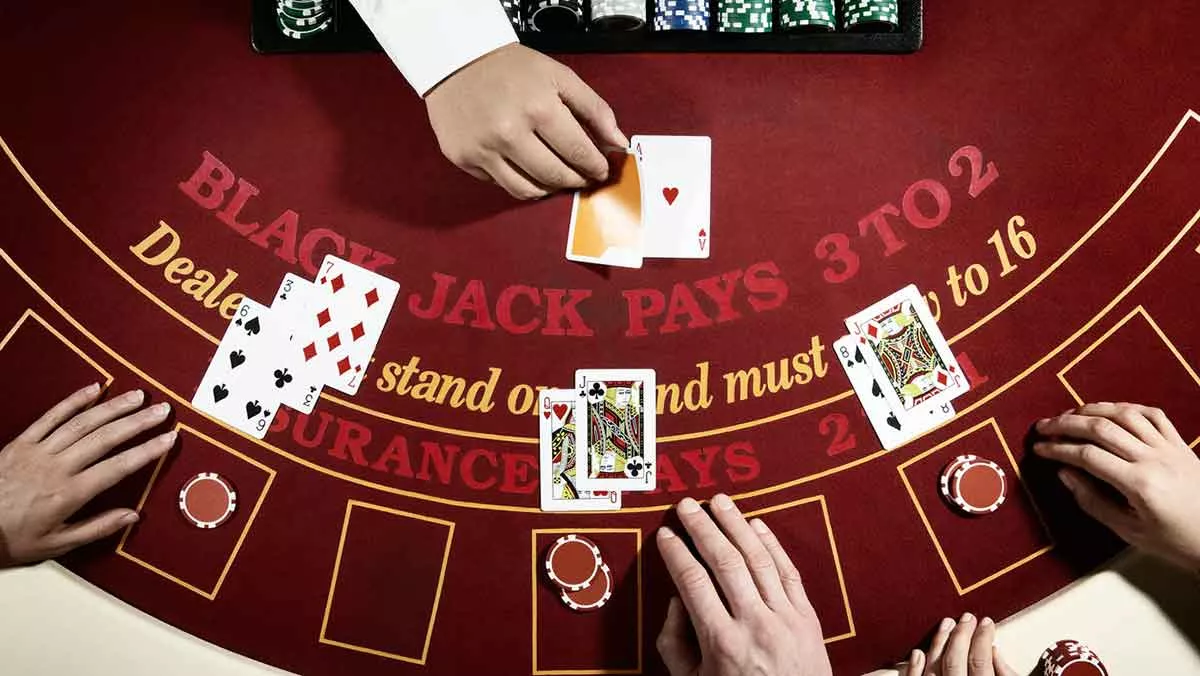Card counting is a strategy designed to decrease the house edge and increase your odds of victory in blackjack. It involves assigning each card that comes out a value as it’s dealt, then totalling this total up for an ongoing count.
Though this strategy is legal, casinos frown upon it and may ask you to reshuffle or leave. Before trying this approach in a casino setting, be sure to do extensive research and practice beforehand.
Counting cards
Card counting is an advanced blackjack player technique used to gain a strategic edge against the house. This strategy involves keeping track of low and high cards in each deck and using this information to increase or decrease bets as required when necessary depending on where your count stands – helping you beat the house while also increasing profits!
The 2008 movie 21, depicting the true story of how an MIT team used card counting to defraud Las Vegas casinos of millions in winnings, brought card counting into mainstream consciousness for many people; yet many remain unfamiliar with how this system operates.
Though counting cards may sound easy, mastering it takes practice and expertise. Furthermore, only land-based casinos and live dealer tables that utilize real cards offer accurate card counting solutions; software-based games offered by online casinos don’t provide enough accuracy.
Keeping track of the deck
Card counting may seem intimidating at first, as people assume it requires extensive memory training. But in reality, blackjack card counting is a mathematically sound strategy anyone can learn – just use an interactive card counting trainer to get acquainted with it!
Once you’ve mastered the fundamentals, it’s time to advance. To do this, assign each card a value–such as adding one for cards 2-6 and zeroing out for cards 7-9–this will generate a running count, which can then be divided by number of decks to reach true count.
Card counting allows you to adjust your bets as the true count increases, the most crucial step of this strategy and can lead to massive wins – some professional players claim millions from using this strategy! But mastering it takes dedication and practice!
Counting the dealer’s face-down card
Contrary to what some may believe, card counting doesn’t require being an expert at math – rather it relies on simple addition and subtraction rather than complex mathematical formulas. Still, success at card counting requires having an impeccable memory, being able to maintain focus under pressure, as well as fast mental calculations.
Card counting can be learned with some practice and mastery is achievable. Card counting involves keeping track of cards remaining after each hand has been played by counting their value and adding or subtracting depending on whether they’re high- or low-valued; then using this tally to calculate an advantage over the dealer in future hands.
Counting cards is not illegal and is actually an effective strategy for beating blackjack. Casinos understand this tactic can cost them money; thus they’re quick to detect counters and will reshuffle or kick them out with alarming speed.
Counting the dealer’s face-up card
Card-counting techniques enable players to determine whether a dealer will have high or low cards in the next round, and raise bets accordingly. This strategy has been shown to reduce house edge by up to 1%; however, card counting doesn’t equate to cheating in blackjack nor does it attempt to win every hand possible.
Some card-counting techniques involve assigning cards 2 through 6 with unique values, which are then combined into what’s known as the true count – enabling players to adjust their bet sizes in order to beat casinos. Advanced systems even account for individual aces and nines separately.
Although the MIT card-counting team was successful at earning millions through card counting, mastery took much time and energy. Furthermore, casinos have taken measures to discourage card counting by making success more difficult for these efforts.





